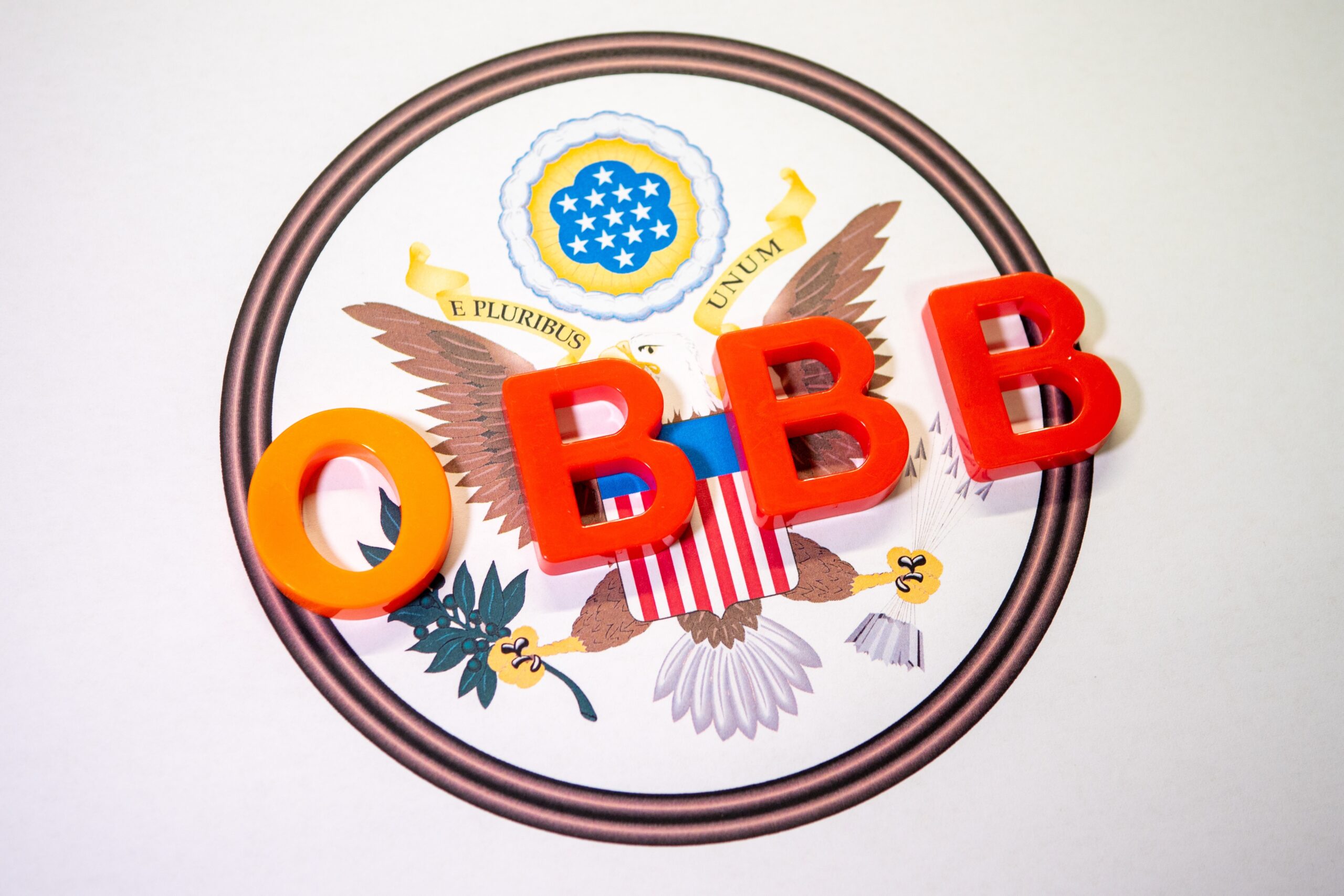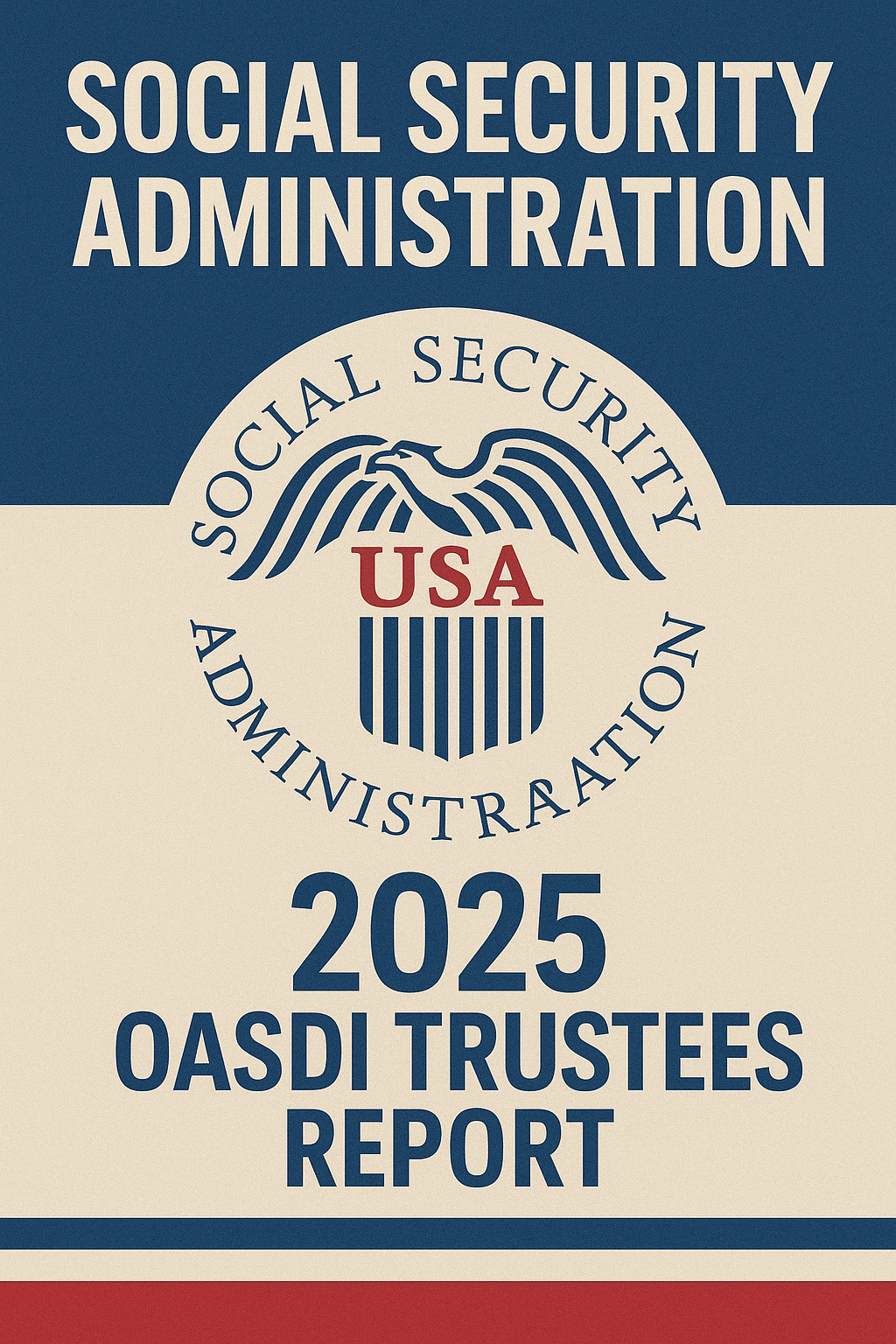July 2025 marked the passage of one of the most sweeping federal reforms in recent history—the One Big Beautiful Bill (OBBB). While the headlines have focused on tax cuts and student loans, hidden within its 1,200+ pages are transformative changes to the U.S. education system.
From expanding school choice to introducing new tax-advantaged savings accounts for children, this legislation may have a significant impact on how families, schools, and institutions think about education funding, access, and responsibility. Whether you’re a parent, educator, investment advisor, tax specialist, or policy wonk, here are highlights on what to know about the education-related provisions of the new law—and how they might impact your future. As more information and rulings come out, we will provide more detailed articles on each component.
1. K–12 School Choice Gets a Federal Boost
The One Big Beautiful Bill introduces the first-ever federal school voucher-style program through a tax credit mechanism:
- Taxpayers can now claim up to $1,700 in federal income tax credits for donations made to state-approved Scholarship Granting Organizations (SGOs).
- These SGOs provide scholarships for K–12 private school tuition, expanding access to private and religious education options—if the taxpayer’s state opts into the program.
📌 Why it matters: This empowers families to seek alternatives to public schools, but it could also pull funding away from already under-resourced districts.
📌 What to look for: Its unclear which states will create the SGOs and when. We will be keeping an eye out for these and will write a future blog article as more data arises.
2. 529 Plans Expand Far Beyond College and MAGA Accounts
Once used mostly for college tuition, 529 savings accounts are getting a dramatic makeover:
- K–12 expense withdrawal increase
- The withdrawal limit for K–12 from 529 plans is doubled from $10,000 to $20,000 per year. Funds can now be used for a wide range of non-tuition expenses, such as books, exam fees, tutoring, curricula, online classes, and similar educational materials Congress.gov+15Kiplinger+15Ways and Means+15.
- Workforce and continuing education
- 529 funds are now eligible for workforce training programs, including under the Workforce Innovation and Opportunity Act (WIOA). Plans may also be used for continuing ed, enhancing lifelong learning opportunities Kiplinger.
- ACHIEVABLE extension & MAGA accounts
- Permanent enhancements to ABLE accounts allow broader rollovers and Saver’s Credit benefits.
- The bill also introduces “MAGA Accounts”—special savings for children born between Jan 1, 2025, and Jan 1, 2029, with a one-time $1,000 federal initial deposit and up to $5,000 annual contributions per child, all enjoying tax-deferred, long-term capital gains treatment, and usable for education, training, or housing
- A $1,000 federal seed deposit
- Up to $5,000/year in contributions
- Tax-deferred growth, usable for education, training, or first-time housing expenses
📌 Why it matters: Families now have more flexibility than ever to fund a child’s educational journey—including nontraditional paths like trades and certificates.
📌 What to look for: IRS guidance on MAGA/529 accounts: Rules around contributions and eligible expenses are pending.
3. Strengthening Childcare & Employer Support
Recognizing that learning starts early, the bill enhances support for working parents and childcare providers:
- Employer-sponsored childcare receives expanded tax credits, incentivizing companies to offer onsite or subsidized care options.
- The Paid Family and Medical Leave (PFML) tax credit is made permanent, encouraging broader access to parental leave—an essential factor in early child development.
📌 Why it matters: These provisions promote early education readiness and help parents balance work and family during formative years.
4. Universities Face New Accountability Measures
For the first time in decades, elite universities are facing fiscal pressure:
- Institutions with endowments exceeding $500,000 per student and at least 3,000 students will pay a progressive excise tax of 1.4% to 8% on investment earnings.
- Affected schools include Ivy League universities and top-tier private colleges.
- Funds raised will are designed to help offset other tax cuts and possibly support vocational and K–12 education initiatives.
📌 Why it matters: Critics argue this penalizes success, but supporters see it as a nudge for elite institutions to do more for access, affordability, and equity.
📌 What to look for: Will schools adjust financial aid or endowment strategies?
5. Education Meets Financial Freedom: The Bigger Picture
Several family-centric tax enhancements tie directly into education:
- The $2,200 Child Tax Credit remains intact and now adjusts annually for inflation.
- ABLE accounts (for individuals with disabilities) see improved rollover options and broader usage.
- The new “MAGA Accounts” (Make America Grow Accounts) blend 529-style savings with first-home flexibility, giving families multi-purpose financial tools.
📌 Why it matters: These changes link education policy with long-term wealth building, encouraging responsible saving from birth through adulthood.
📌 What to look for: Will revenue from these measures offset cuts to public programs.
These measures are all very new and often IRS Rulings will clarify and determine future direction with the various tools. As always reach out to your financial professionals for more detailed information and how these items may affect your particular situation.



